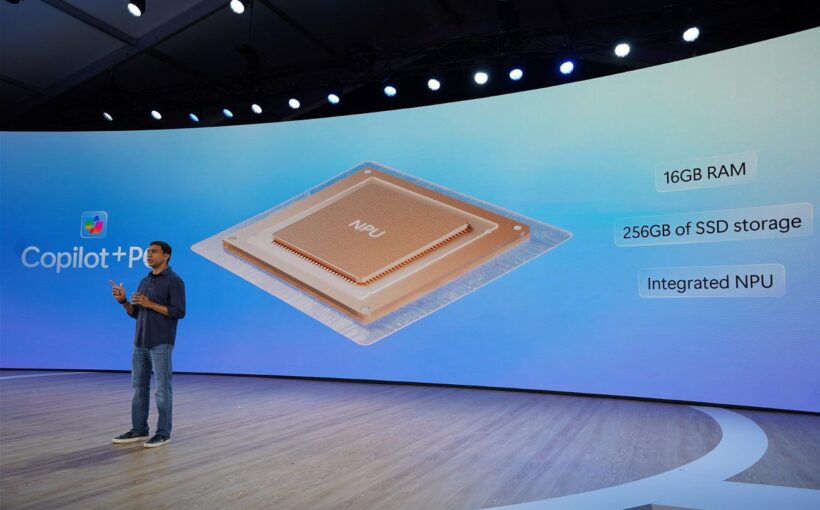
When you launch a game on a Snapdragon on a Windows laptop, you might get an AI frame rate boost from Microsoft’s mysterious Auto Super Resolution (Auto SR) feature. But while Microsoft hasn’t fully explained how the feature works, The Verge can now confirm it’s not Qualcomm technology, not exclusive to Qualcomm’s new Snapdragon X chips, and not exclusive to specific games, either.
You’d be forgiven for thinking otherwise! Microsoft’s new Automatic Super Resolution help page bluntly states that a Snapdragon X chip is required — see screenshot — and that all of its processing “occurs on-device using the integrated GPU and Neural Processing Unit.”
But Qualcomm now tells us that Super Resolution is Microsoft’s own feature — it’s not Qualcomm Snapdragon Game Super Resolution by another name — and it’s not technically exclusive to Qualcomm chips, either.
“The ‘exclusive’ language is really about what is available today so that will no longer apply if another technology becomes available that can meet Microsoft’s performance threshold,” Qualcomm spokesperson Macey Davis tells me. “Since Automatic Super Resolution (Auto SR) integrates with Windows on a Copilot+ PC, Qualcomm is the only one that can exclusively run it today.”
And while Microsoft’s Copilot Plus PCs FAQ stated that it was initially exclusive to specific games, the company’s support page clearly shows you’ll be able to turn it on for many other DirectX 11 or DirectX 12 titles — with a warning that “Using Auto SR with this app might cause unexpected results.”
:format(webp)/cdn.vox-cdn.com/uploads/chorus_asset/file/25467959/7494573b_23f7_40c6_a2ef_6691f1c59561.png)
That said, it’s not clear which rival chips might be able to take advantage. AMD and Intel, each of which are expected to have their own Copilot Plus PCs this fall with similarly speedy NPUs inside, weren’t able to tell me anything about Auto Super Resolution. Both deferred to Microsoft — and Microsoft’s page currently suggests Auto SR is just for games running as a native Arm app or via Arm emulation. Intel and AMD produce x86 chips that play x86 titles, not Arm ones.
(Intel’s upcoming “Lunar Lake” should have an NPU capable of performing 40-45 trillion floating point operations per second, or TOPS; AMD’s “Strix Point” should be similar after a reported tripling of AMD’s AI circuitry. Microsoft CEO Satya Nadella said last week that both Intel and AMD will have laptops that support the new Windows AI features.)
Microsoft has yet to answer my questions, but here are a couple other burning questions I’ve asked the company about:
- Is Microsoft’s Auto SR truly a new competitor to Nvidia DLSS, AMD FSR, and Intel XeSS, and if so, why? Or is it a derivative of those technologies?
- Will Auto SR work with Microsoft’s upcoming DirectSR, the so-called “missing link” that lets developers target all of those competing upscaling technologies at once?
Even if Auto Super Resolution takes a while to officially come to other chips, though, I suspect tinkerers will figure it out before long. Someone already got the new Recall feature working on a non-Copilot PC, and I know some gamers now swear by a Steam app called Lossless Scaling, which can bring fancy upscaling and even frame generation to games where the developers haven’t rolled it out themselves.



